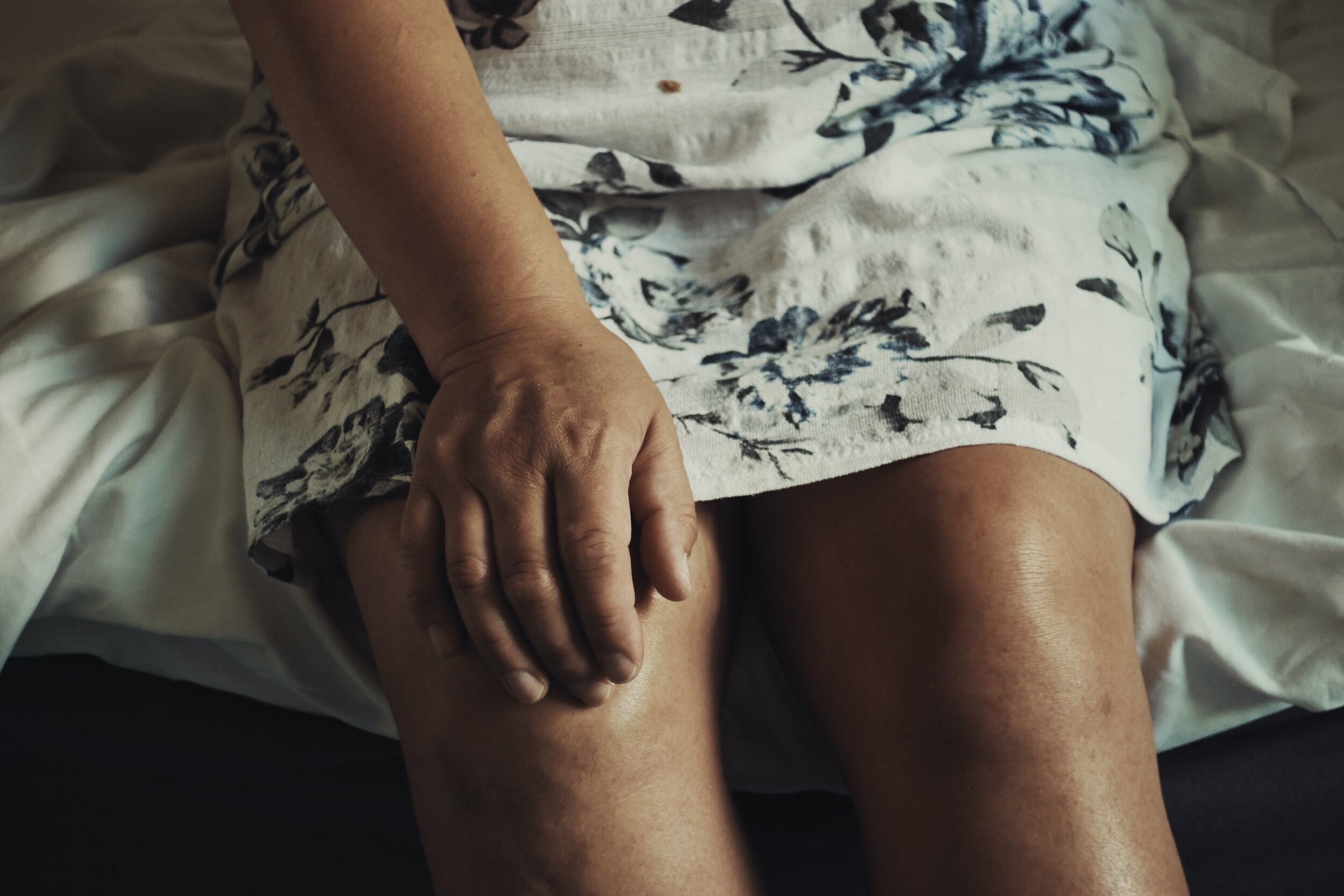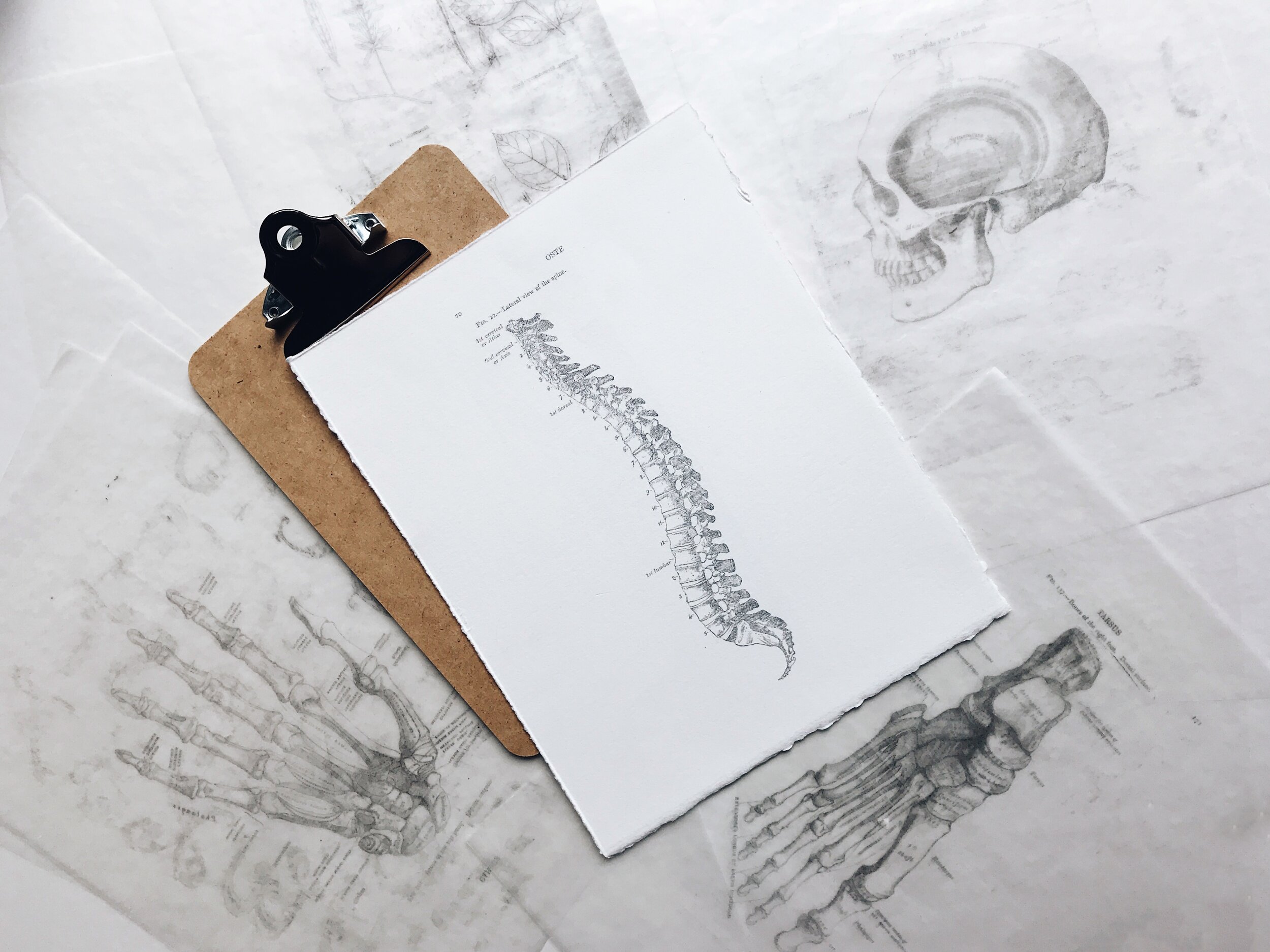What IS Pain?
Before we can work towards getting rid of your pain, we have to understand what it is.
Essentially pain is a signal that something is wrong. The body gives you pain to protect you from doing more damage. In some cases it’s a combination of the two. If you have tissue damage that causes pain, then you may flinch, also called guarding, for fear of more pain. If you sprain, bruise or contuse your tissue, you will be sore from that; and then flinching to protect yourself from more pain just makes it worse.
People come to me and say, “Doc, it hurts when I do this.”
What do I tell them? “Then, stop doing that!”
In a sense, your pain is telling you what your boundaries are. When you are driving down the highway, if you happen to veer out of your lane and feel the rumble of the lane markers, you know that you need to adjust and get back in your lane. Your pain is doing the same thing. It’s telling you that you are out of the boundaries and you need to stop doing what you are doing. You need to make a course correction with how you are moving or posturing your body.
Body Language
Your body has a language all its own that is predictable. Your body thinks pain means only one thing . . . that you are being attacked. The fact is, when your body feels threatened, you physically react without thinking about it. Your body reacting to pain as though you are being attacked is innate and predictable. Everyone’s body responds the same in terms of muscles that tense or other involuntary responses. If someone swings their fist at your face, it’s human nature to hold your hand up to protect your face, and specific muscles tense up. Some will respond more intensely than others, but that’s really the only difference in how each person’s body reacts.
Your brain has a built-in defense mechanism on a very basic level that causes your body to defend you from harm. Here’s what happens with the flinch reflex.
The amygdala sends a distress signal so that the hypothalamus activates the sympathetic nervous system by sending signals through the autonomic nerves to the adrenal glands. These glands respond by pumping the hormone epinephrine, also known as adrenaline, into the bloodstream. Adrenaline is released in reaction to strong emotions like fear or stress to help your body react more quickly. It makes the heart beat faster, increases blood flow to the brain and muscles, and stimulates the body to makes sugar to use for fuel. Your body does not know if pain is due to flinching or tissue damage, so it takes pain as a threat.
Pain Guarding Cycle
The body processing pain as a threat produces the flinch reflex, or guarding. This creates a cycle that is hard to break. Many medical professionals will call this a pain spasm cycle. The problem with the word spasm is that it indicates that you cannot control or retrain the cycle.
Your self-protect mechanism is something you can reprogram. It is not an external force that you have no control over. This cycle is better termed the pain guarding cycle. Once that pain communication and flinch reflex is established, the brain is working against you to keep it going. This is why when I tell people “don’t do that” when they describe their pain, that it’s sometimes hard for them to stop. The brain refuses to alter its pattern. The pain, as well as the fear of pain, prompts the brain’s pattern, or self-protect mechanism. You may also get emotionally involved with your pain by getting angry, scared or frustrated. This only keeps the cycle going.
Pain from Stress
Pain is not just a bi-product of physical injury. It can manifest through increased daily stress and your predictable response to that stress. For example, if you have a confrontation with a co-worker your shoulders may tense up. You get a call from a loved one who sternly says, “We need to talk, but we’ll do it when you get home.” What happens? The same thing, your shoulders tense up. Now, holding that stress in the shoulders causes altered posture. It’s predictable that you respond to stress by holding it in your shoulders. Other people might respond to stress in different ways. No matter how you hold the stress, it’s going to cause you to hurt. Your body says, “Oh a threat!” and the cycle continues.
In a way, we are like turtles haha. When we feel attacked, we draw our limbs into our shells for protection. The only problem is that we don’t have a shell so pulling our limbs in is no protection. We just wad up our bodies for protection and exacerbate our pain.
Summary
Realizing that pain is nothing more than information that is prompting a physical response is the first step to figuring out its origin. In a sense, pain is your friend! It’s trying to tell you to adjust the way you hold yourself in the face of injury or even a stressful day.
Pain is helpful because it tells you that something is wrong. Pain can originate from physical injury, then morph into long-term pain if you automatically react to the pain or fear of more pain. Your body has a built-in self-protect mechanism that interprets pain as an attack. It cannot tell the difference between pain from injury versus pain from flinching. It treats all pain as though it is an attack, which starts a pain guarding cycle.
In some cases pain originates from emotions like: stress, anger, frustration, or resentment. Your physical reaction to an emotional situation can cause you to tense up and do something physically that will cause you pain or even chronic pain.
The notion of pain spasm cycle, espoused by medical professionals indicates you have no control over your pain or stopping it. This indicates that you are a victim, and, victims never solve problems. You are not a victim! Let’s look at how to solve the problem.
What Should You Do?
My book, Resolving Pain covers everything you need to overcome the victim mindset and start taking back your life from the cycles of chronic pain from flinching. As a Pain Management Physician, DO, and family medical clinic founder, I have spent over 30 years honing these techniques and practices to help you be victorious in your fight against chronic pain. I have worked in various pain control clinics helping hundreds of patients just like you who want a better life for themselves and their families. At our medical clinic, it’s not uncommon for patients to come hobbling in and practically leaping when they leave: it’s like witnessing miracles!
You know why? Because the body is miraculous. It was meant to heal itself over time and with the proper guidance, I know you can find relief!!
Go purchase the book NOW and start overcoming the pain you thought would never go away!















